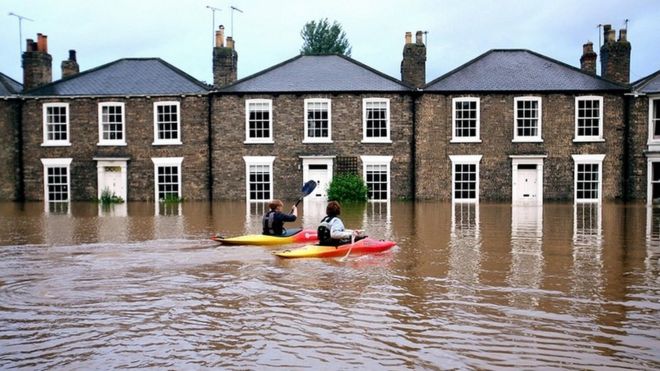On Thursday, Year 4 had a visit from Mr Pearson who leads a flood risk management team across the UK, protecting communities from this natural disaster. This visit fits in well with our current topic. During this workshop, the children asked some great questions and learnt lots of new facts.
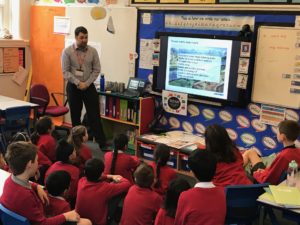
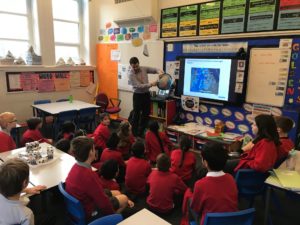
Mr Pearson spoke to the children about his role and how this links to STEM.
STEM is a curriculum based on the idea of educating children in four specific disciplines — science, technology, engineering and mathematics.
Noah stated: “I really want to be an engineer.”
Year 4 learnt that computer models are used to identify areas that are at risk of flooding. When an area has been predicted to flood, there is only a two day window in which to put measures in place. The children studied graphs and diagrams showing water levels at different times of a day. What are the consequences of flooding?
“People could die,” commented Sami.
“Houses collapse,” said Jemima.
“People can get trapped in cars,” mentioned Musa.
Mr Pearson spoke about the places most at risk of flooding. Places such as Hull are very flat and prone to floods. We discussed the need for effective teamwork in these disastrous situations.
“How long does it take for flood water to go down?” asked Daisy.
“How does a flash flood happen?” questioned Kashif.
What is being done to prevent flooding in high risk areas?
Year 4 found out about different types of flood defences being used to minimise devastation. The Thames Barrier prevents the floodplain of most of Greater London from being flooded by exceptionally high tides and storm surges moving up from the North Sea. When needed, it is closed (raised) during high tide; at low tide it can be opened to restore the river’s flow towards the sea. 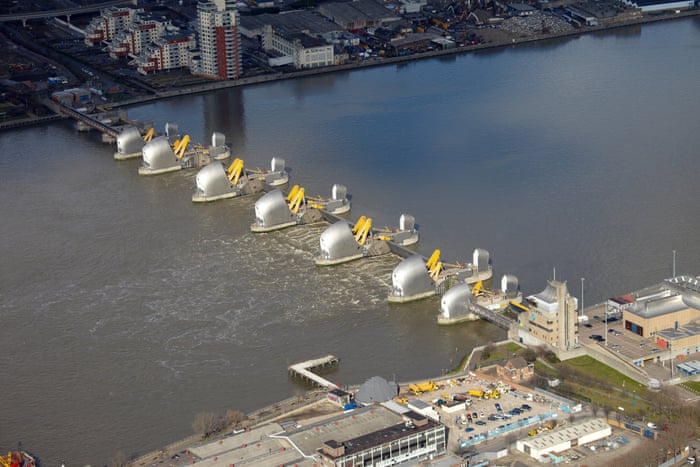
Ask your child if they can remember the meaning of the word ‘recede.‘


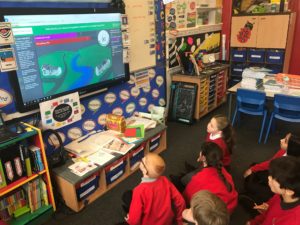

There was some super learning during this session.
Well done Year 4 and thank you Mr Pearson!
